The Exorbitant Cost Of Savings: Don't Buy A Volt If You Value Your Money

Two years after the Volkswagen Golf was launched, it received a fuel sipping diesel in 1976. I presented the launch campaign in Wolfsburg, and the ground shook. It wasn’t because of my campaign. It was because of the body stamping presses. The offices of the Zentrale Absatzförderung, VW’s advertising department, were two floors above.
I presented a campaign that was all on savings. The Golf D had one of the, if not the best mileage of all compacts. Herr Plamböck, the gentleman who had to vet the campaigns before the big boss would see them, looked at my grand savings plan, and said: “Let’s have lunch.”
Over a Currywurst, Hartmut Plamböck said: “Bertel, did you check the added cost of that engine?” I forgot how much it was, but it was a lot. “You will have to drive 80,000 kilometers to get your money back!” Mr. Plamböck thundered. The plastic forks jumped as Plamböck pounded the table. He looked around, lowered his voice and added: “And then, the engine will fall out of the car.” At that time, Volkswagens had a bit of a corrosion problem.
I was reminded of that story when I came across a story in the New York Times that provides a sanity check on savings at all costs. Rarely does one recoup the added investment into fuel savings. Little has changed since my Wolfsburg Waterloo. Fuel savings come at a price, and you have to decide whether you pay at the pump or to the dealer. Paying at the pump makes more economic sense, but more often than not, emotions trump math.
One of the worst investments, says the New York Times story that uses data compiled by TrueCar, is the Chevrolet Volt. Says the Times:
“The Volt, which costs nearly $40,000 before a $7,500 federal tax credit, could take up to 27 years to pay off versus a Chevrolet Cruze, assuming it was regularly driven farther than its battery-only range allows. The payback time could drop to about eight years if gas cost $5 a gallon and the driver remained exclusively on battery power.”
Mind you, the 27 year payback time is based on the TrueCar calculated $31,767 price of the Volt. Without the generous government rebate, financed by your tax dollars, the Volt would still be upside down long after it landed in a museum. At full retail, it would take 45 years to get you your money back. Payback is a bitch.
Driven fully on battery power, the Volt would needlessly drag around its heavy range extender machinery, but at least it would compete with Nissan’s LEAF in the ROI race. The Leaf takes 8.7 years to recoup the investment.
According to the study, “eco” upgrades usually are not worth the money. A Ford Fiesta SFE saves you $23 a year at the pump and on average. With these meager savings, the Fiesta actually beats the Volt in the senseless savings discipline. It would take 26.8 years to get you your money back.
As long as fuel saving cars carry huge premiums, you need to pray for higher gas prices, and you need to pray a lot. A survey by Lundberg says that gas prices need to go to $12.50 a gallon for the Volt to break even. The Leaf would be competitive with gas at $8.53 a gallon.
Are there savings that make sense?
If you really want to reconcile eco and economics, the sixth generation descendant of the Golf Diesel, the Jetta TDI, would recoup the added money before the warranty is up, says the Times. So do the Lincoln MKZ Hybrid and the Toyota Prius. Not only is their mileage much better than the comparison model, their price premium is so low that it can be easily recouped. As Toyota’s Satoshi Ogiso demonstrated a few months ago, savings at no added costs are the true engineering achievement.
(Hat tip to my man in the mountains.)

Bertel Schmitt comes back to journalism after taking a 35 year break in advertising and marketing. He ran and owned advertising agencies in Duesseldorf, Germany, and New York City. Volkswagen A.G. was Bertel's most important corporate account. Schmitt's advertising and marketing career touched many corners of the industry with a special focus on automotive products and services. Since 2004, he lives in Japan and China with his wife <a href="http://www.tomokoandbertel.com"> Tomoko </a>. Bertel Schmitt is a founding board member of the <a href="http://www.offshoresuperseries.com"> Offshore Super Series </a>, an American offshore powerboat racing organization. He is co-owner of the racing team Typhoon.
More by Bertel Schmitt
Latest Car Reviews
Read moreLatest Product Reviews
Read moreRecent Comments
- Rna65689660 For Los Angeles, this is super cheap housing. For it surely will be not going anywhere very often. Park it at Wallyworld for 3 days, then move to the next lot.
- MaintenanceCosts This is half a car, because half the time it will be in the shop.
- Mm3 ^^^ Sounds like a bunch of dudes who have never owned a Land Rover/Range Rover
- 2ACL The seller is opting out of the 200,000 mile overhaul, and so should anyone else whose wrenching proficiency isn't seasoned dealership tech-level at a minimum. I can't think of an appropriate use for this other than a left-field choice for an overlanding rig project. There's already an expectation of spending lots of money on one, and some of the potentially troublesome systems like the air suspension will be addressed, if not discarded outright.
- FreedMike Sounds like an excellent way to waste a ton of money.



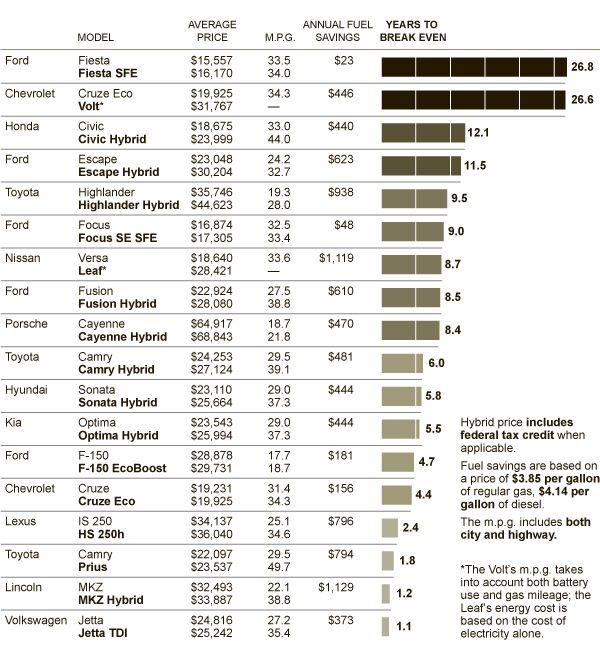












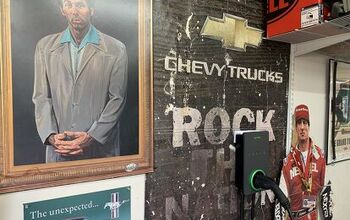


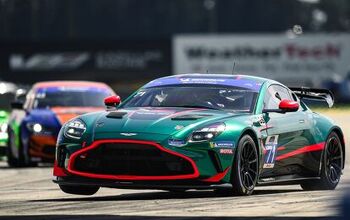
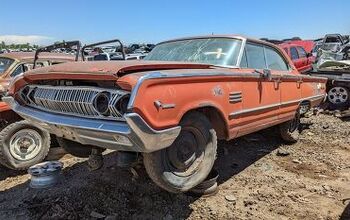

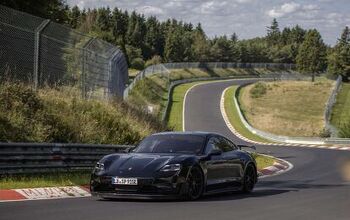
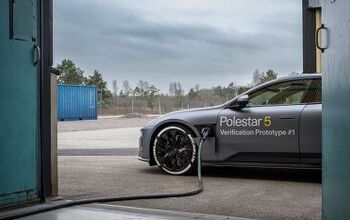

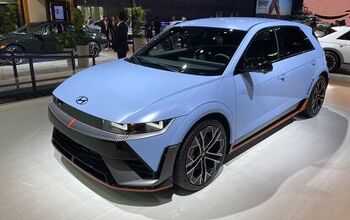
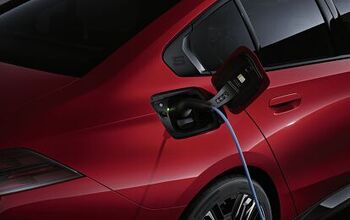
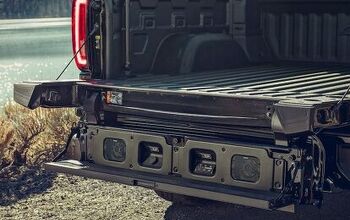

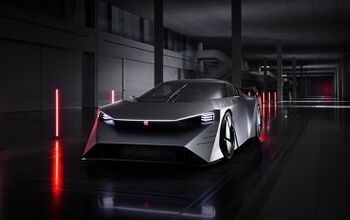
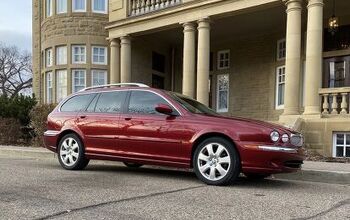
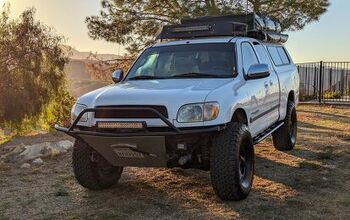
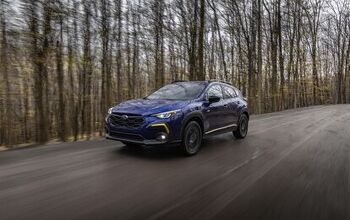

Comments
Join the conversation
The Porsche comparison is wrong. The Cayenne Hybrid is based on a 3 litre V6 , while the Cayenne S quoted at $64,000 has a V8. A more useful comparison is the standard 3.6l V6 Cayenne at $48,000. This gives a difference in price of $20,000 not the $4000 indicated.
I bought my Ecoboost F-150 over a 5.0L one because of the increased tow rating (to tow my travel trailer). I was planning on keeping it for 5 years, so I'm pleased that I will break even within that time. I drive it a little farther than average, so it will probably happen sooner. The fuel economy bump is just a bonus.